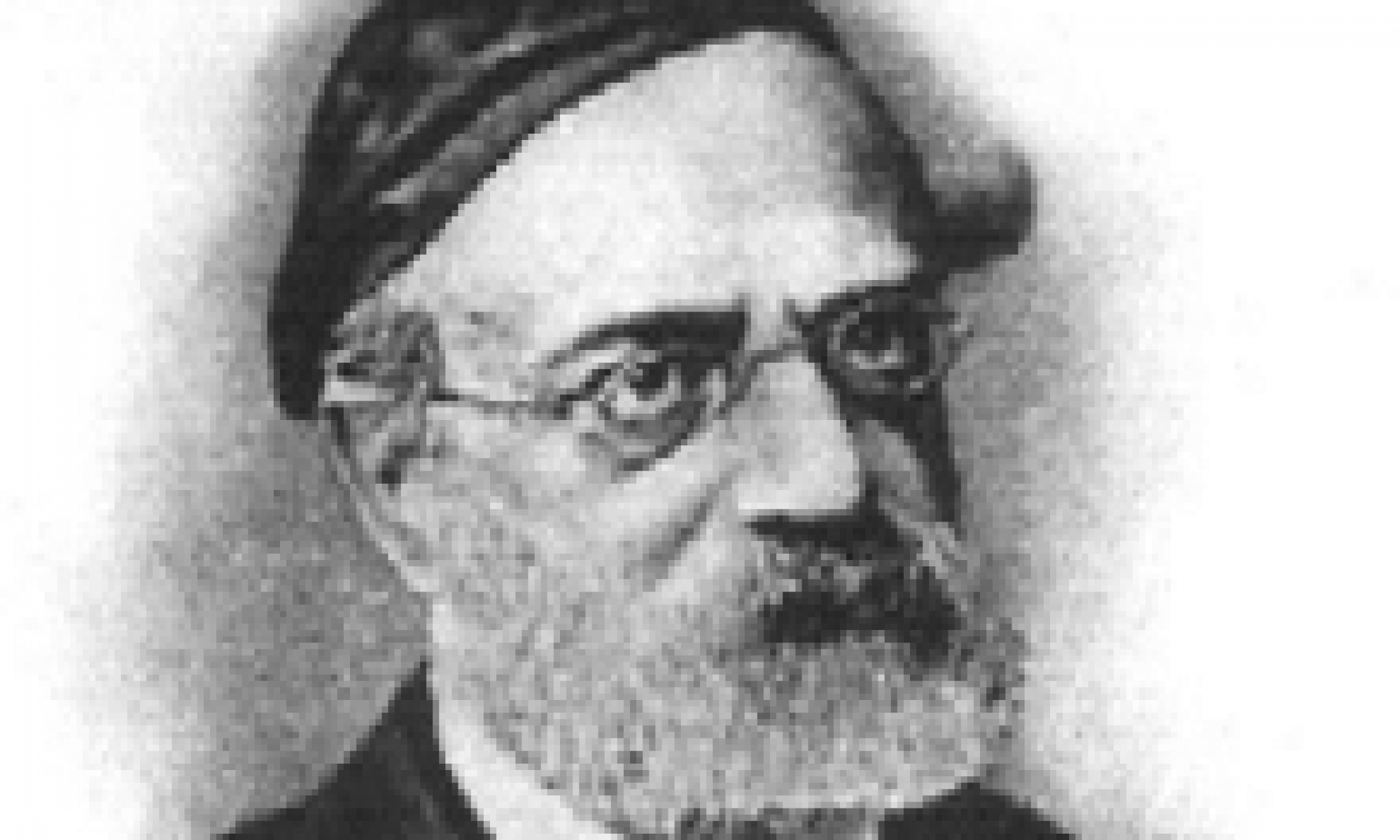(pages 143-146)
Speaking to the observant Jews of his time, Hirsch writes that their observance was lifeless, lacking the spirit of the law. This was the result of centuries of oppression. Inspiration was relegated to prayer and thought, but not in active life. People were also afraid of intellectual queries, lest they be led astray. The one remaining area of spirit that was still of interest (kabbalah) had become misunderstood and was interpreted as “mechanical, magical, dynamic building of cosmic worlds…”
Hirsch advises to forget all that and listen to the Torah anew, allowing its moral message of how to practice justice and love through everything and toward everything, to penetrate and once again inspire! In addition, the Torah teaches Yisrael’s how to carry out its mission to guard these ideas, give them expression to educate oneself and others.
Broadly defined, the Mitzvos aim to to teach justice, love or the education of these ideas.
Hirsch divides the Mitzvos into the following six categories:
Toros: Historically revealed concepts about God, the character of man and of Yisrael.
Mishpatim: Expressions of justice toward humans, based on the principal of equality
Chukim: Expressions of justice toward all things (non-human) in the world, with the underlying understanding that every part of the world has a function in serving God. ie. the earth, plants, animals, property, one’s body, mind and heart.
Mitzvos: Precepts of love toward all beings (beyond their legal rights)
Edos: Precepts in word or action that remind the individual, the nation Yisrael and all man, of the truths that form the basis of the mission of Yisrael and of man’s mission in general.
Avodah: Sanctification through word and symbolic action, of our inner, spiritual life.
~~~~~~~~~~~~
Letters 11-14 provide more details about these classifications



One Reply to “NL10 – Classification of the Mitzvos”
Comments are closed.